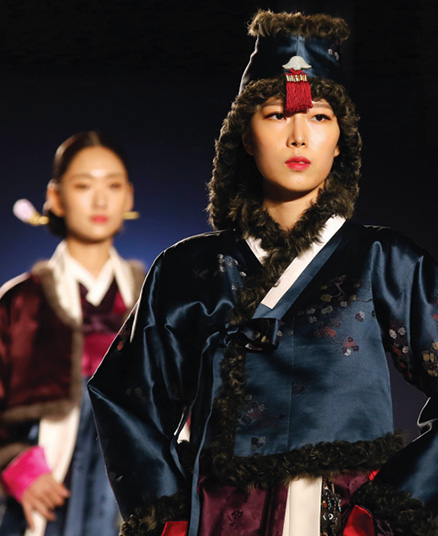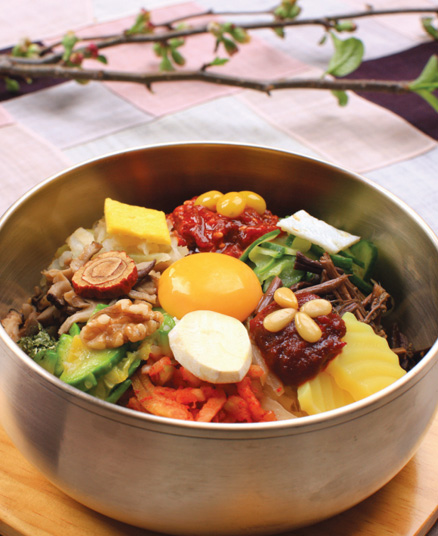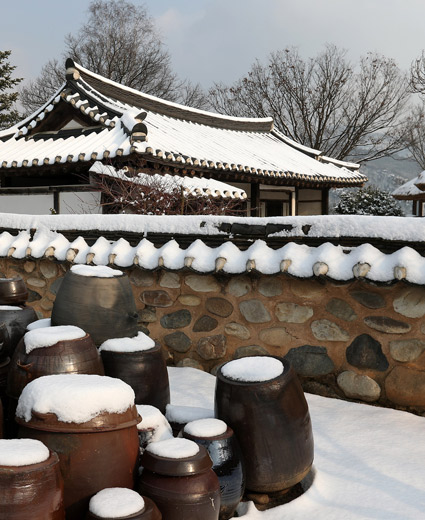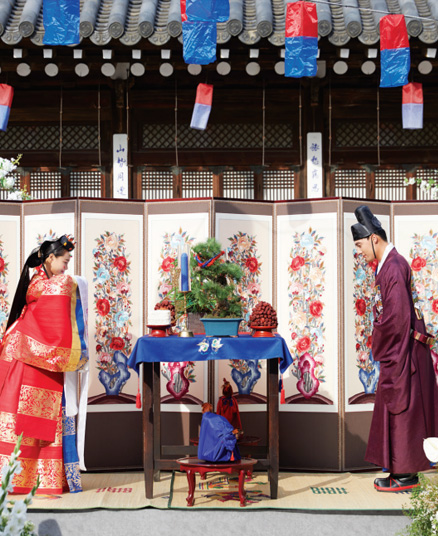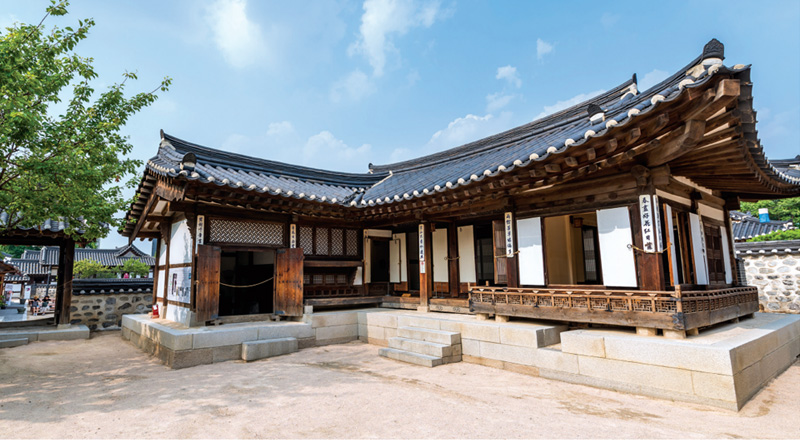
Namsangol Hanok Village
This traditional culture and art space is located at the northern foot of Namsan Mountain in Seoul. Taking advantage of the spatial value of hanok, various events and programs are held for citizens and tourists to experience traditional culture.
Hanok refers to Korea’s unique wooden housing consisting of ondol (floor heating system), maru (wooden-floored hall), bueok (kitchen), and madang (yard). There are multiple types of hanok depending on the roof materials: giwajip (tiled roof housing), chogajip (made of rice straws), neowajip (made of shingles), cheongseokjip (stone slabs), and gulpijip (tree bark). However, most of the surviving hanok buildings are giwajip, which came to represent the image of hanok in and outside of Korea. Giwajip mostly accommodated people of wealth and high stature.
Two of the distinguishing features of hanok are ondol and maru. Ondol refers to Korea’s traditional heating system, which uses heat from a fireplace in the kitchen (called agungi) to heat stone slabs (gudeuljang) under the floor, which emit thermal radiation that heats the entire room. Whereas a fireplace heats the air and the heat is lost as soon as the fire is extinguished, ondol can keep a room warm even for days with the heat stored in the stone slabs. While Korean housing has undergone significant changes over time, ondol has been adapted to fit Korea’s modern housing and remains one of its essential elements.
Maru is a space that connects the yard (madang) and the rooms, typically floored with wooden planks laid a couple of feet from the ground. The raised floor allows air to flow freely underneath and blocks moisture from the soil, helping residents stay dry and cool during Korea’s hot and humid summer.
Modernization drastically lowered the percentage of people living in traditional houses, and most Koreans prefer modern apartments offering the utmost convenience. However, with the widening recognition of its gracious beauty, the hanok style has been updated to preserve its design framework while replacing its internal elements with their modern-day equivalents. In addition, many tourists visit hanok coffeehouses and stay at hanok guesthouses for the traditional experience. Popular hanok–themed tourism sites include Bukchon Hanok Village in Seoul and Jeonju Hanok Village.
